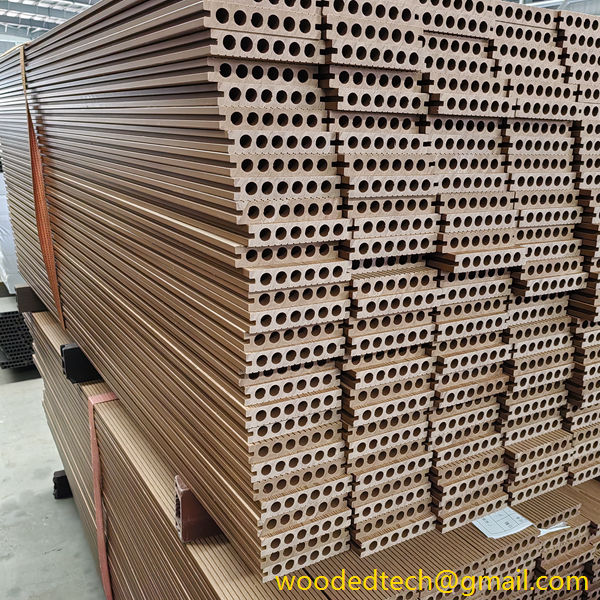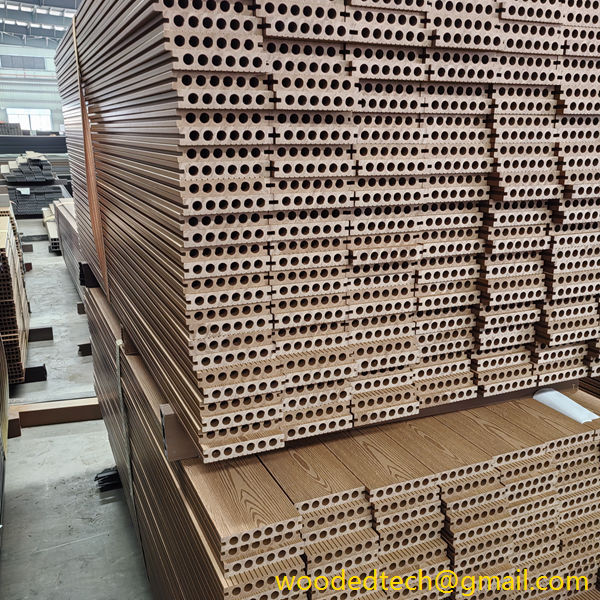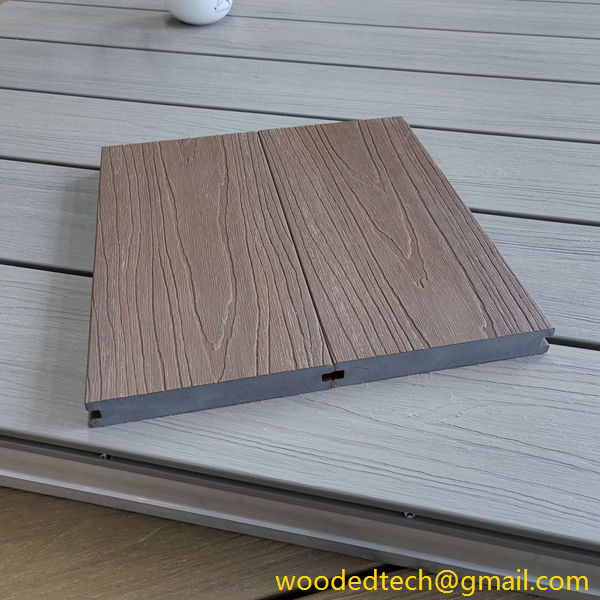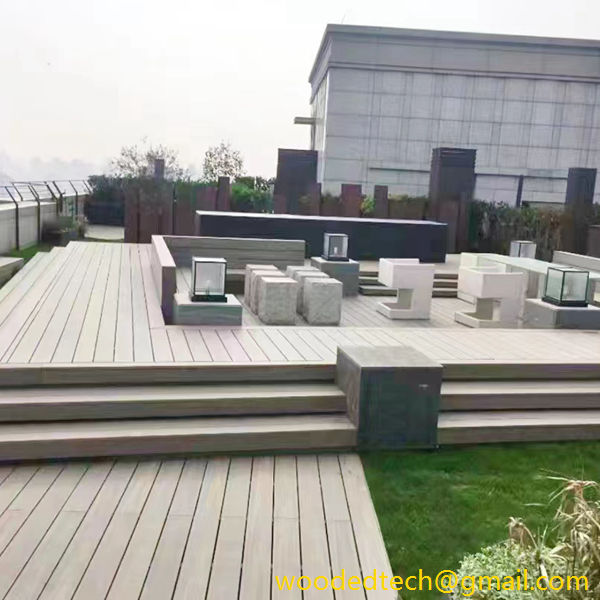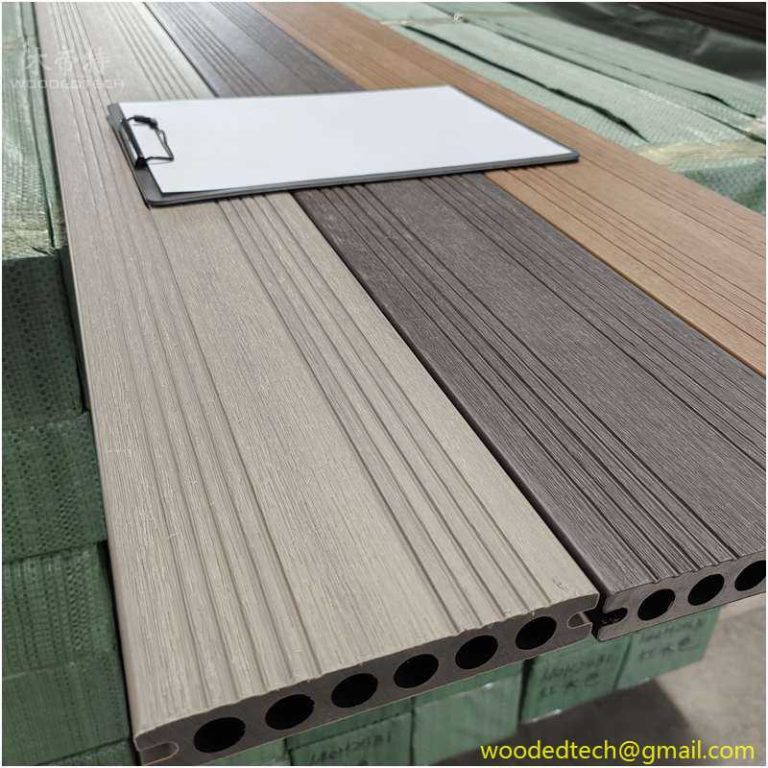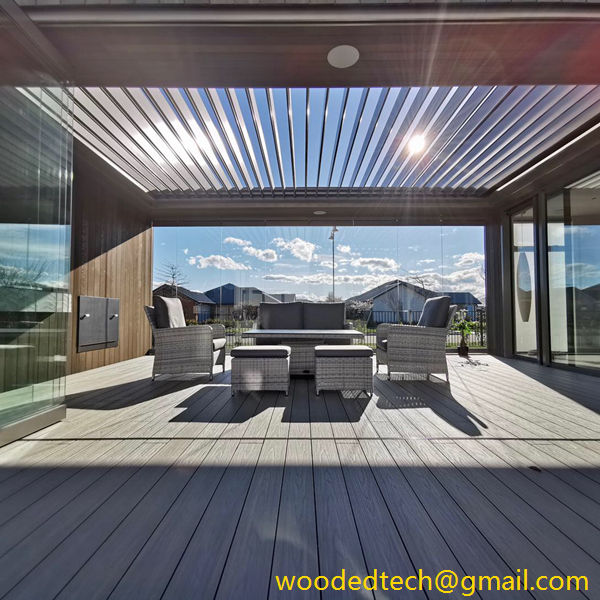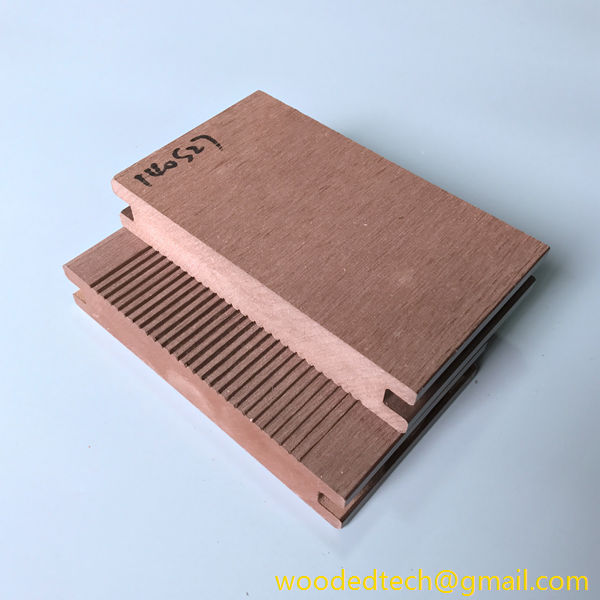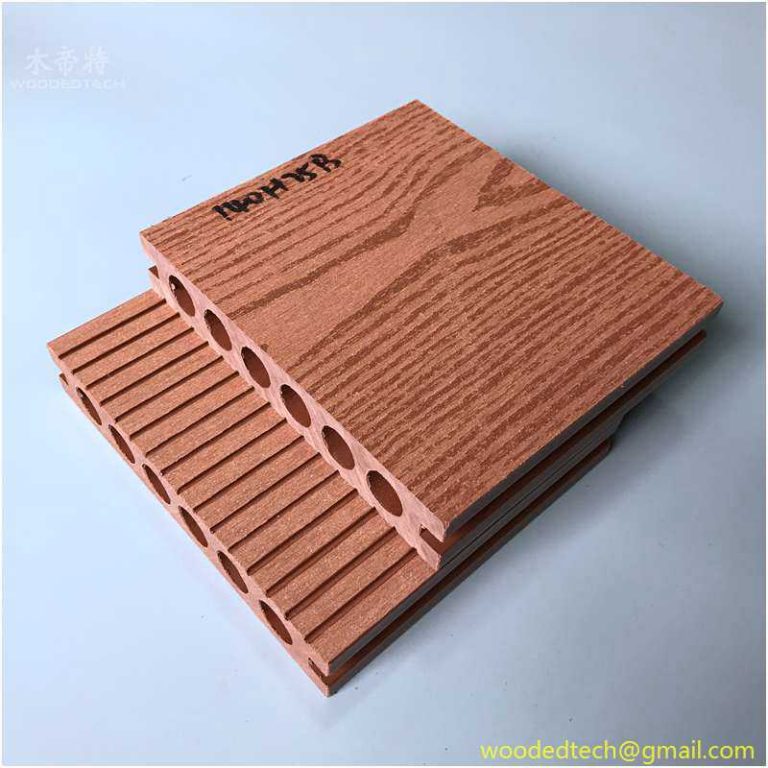Benefits of WPC Wood for Sustainable Building Solutions
Benefits of WPC Wood for Sustainable Building Solutions The construction industry has been undergoing a significant transformation in recent years, with a growing emphasis on sustainability and environmentally friendly materials. One such material that has gained considerable attention is Wood Plastic Composite (WPC). WPC represents a blend of wood fibers and plastic, offering a multitude…
Benefits of WPC Wood for Sustainable Building Solutions
The construction industry has been undergoing a significant transformation in recent years, with a growing emphasis on sustainability and environmentally friendly materials. One such material that has gained considerable attention is Wood Plastic Composite (WPC). WPC represents a blend of wood fibers and plastic, offering a multitude of benefits that make it an attractive option for sustainable building solutions. This article explores the advantages of WPC wood and its role in promoting sustainable construction practices.
WPC wood is manufactured using a combination of recycled wood and plastic materials. This not only helps reduce waste but also minimizes the reliance on virgin resources. By repurposing discarded wood and plastic waste, WPC contributes to a circular economy, where materials are reused and recycled, thus reducing the overall environmental impact of construction activities.
One of the most significant benefits of WPC wood is its durability. Traditional wood is susceptible to various environmental factors, including moisture, termites, and decay. However, WPC is engineered to withstand these challenges, making it an ideal choice for outdoor applications such as decking, fencing, and landscaping. Its resistance to rot and insects extends the lifespan of structures, reducing the need for replacements and repairs over time. This longevity not only saves money for homeowners and builders but also decreases the frequency of resource consumption, aligning with sustainable practices.
In addition to its durability, WPC wood is low maintenance. Unlike traditional wood, which requires regular staining, sealing, and painting, WPC maintains its appearance with minimal upkeep. This characteristic is particularly appealing for homeowners and property managers who seek to minimize their environmental footprint through reduced maintenance-related resource consumption. A lower maintenance requirement also translates into less energy and materials expended over the life cycle of the building.
Another crucial aspect of WPC wood is its aesthetic versatility. It can be produced in a wide range of colors, textures, and finishes, allowing architects and designers to create visually appealing structures without compromising on sustainability. WPC can mimic the look of natural wood while providing the added benefits of plastic, making it an excellent choice for modern architectural designs. This versatility allows for innovative building solutions that cater to both functional and aesthetic demands.
WPC wood is also a sustainable option in terms of energy consumption during its production. The manufacturing process typically requires less energy compared to traditional wood processing. Furthermore, because WPC utilizes recycled materials, it significantly reduces the carbon footprint associated with sourcing and processing new materials. This energy efficiency contributes to a more sustainable building approach, aligning with global efforts to reduce greenhouse gas emissions.
Another important benefit of WPC wood is its resistance to fading and warping. Traditional wood is often affected by UV rays, leading to discoloration over time. WPC, on the other hand, is engineered to resist fading, ensuring that its appearance remains intact even under harsh weather conditions. This resilience not only enhances the visual appeal of structures but also reduces the need for frequent replacements, further contributing to sustainable construction practices.
WPC wood is also highly adaptable to various applications beyond outdoor use. It can be utilized in interior design, furniture manufacturing, and even in the construction of wall panels and ceilings. This adaptability allows builders and designers to incorporate WPC into various aspects of construction, promoting a cohesive approach to sustainability throughout the building process.
The safety aspect of WPC wood cannot be overlooked either. It is often manufactured with non-toxic materials, making it a safer option for homes, particularly in environments where children and pets are present. Additionally, many WPC products are designed to be slip-resistant, reducing the risk of accidents in outdoor spaces like decks and patios. This focus on safety aligns with sustainable building practices that prioritize the well-being of occupants.
Moreover, the use of WPC wood contributes to waste reduction in the construction industry. The production of WPC utilizes remnants from wood processing and plastic manufacturing, diverting these materials from landfills. By choosing WPC, builders can play a pivotal role in reducing construction waste and promoting recycling initiatives, reinforcing the importance of a sustainable approach in the industry.
As the demand for sustainable building materials continues to rise, WPC wood is emerging as a viable solution for builders and architects seeking eco-friendly options. Its combination of durability, low maintenance, aesthetic appeal, and safety features make it an ideal choice for a wide range of applications. The growing market for WPC wood reflects a broader shift towards greener construction practices, as stakeholders recognize the importance of using materials that minimize environmental impact while delivering high-quality performance.
In conclusion, WPC wood presents numerous benefits for sustainable building solutions. Its durability, low maintenance requirements, aesthetic versatility, and energy-efficient production process position it as a leading choice for environmentally conscious builders and consumers. As the construction industry embraces sustainable practices, WPC wood will likely play an increasingly prominent role in shaping the future of building materials. By leveraging the advantages of WPC, the industry can drive positive change, paving the way for a greener, more sustainable future.

